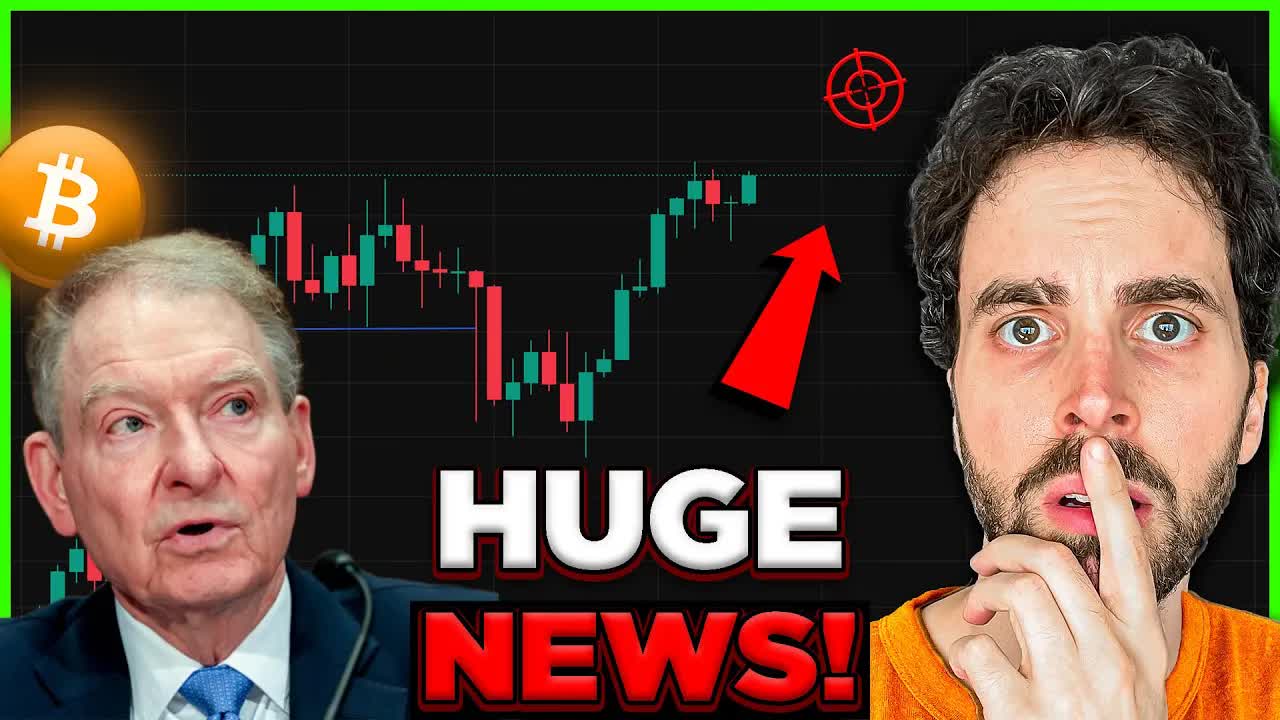A New Era for Crypto: Paul Atkins' SEC Leadership and the Bitcoin Bull Run Ahead
The confirmation of Paul Atkins as SEC Chair on April 9, 2025, has sent shockwaves through the cryptocurrency market, with Bitcoin (BTC) and Dogecoin (DOGE) surging as investors bet on regulatory clarity and reduced oversight. Analysts who spent months warning of a crypto "bear market" are now revising their outlooks, citing Atkins’ pro-crypto agenda as a turning point. This article examines the implications of his leadership for digital assets and why the downtrend may finally be over.

The Atkins Factor: A Pro-Crypto SEC
Atkins’ appointment marks a seismic shift in U.S. crypto regulation. A lifelong advocate for digital assets, he holds an estimated $1–6 million in crypto, co-chaired the pro-industry Digital Chamber’s Token Alliance, and has pledged to dismantle “harmful” Biden-era policies. His priorities include expediting approvals for crypto ETFs—17 XRP spot ETF applications were pending at his confirmation—and ending high-profile legal battles like the Ripple vs. SEC case, which had stalled innovation for years.
Crucially, Atkins has signaled support for Commissioner Hester Peirce’s Rule 195, which would grant temporary regulatory relief to blockchain projects during early development. This “safe harbor” policy could unlock billions in venture capital, as startups no longer fear retroactive enforcement actions. “The SEC under Atkins is becoming a champion of crypto, not a roadblock,” said one Wall Street analyst.
Market Reactions: Data-Driven Optimism
Bitcoin’s price had been stuck in a multi-year downtrend, trading below $30,000 for most of 2024. But since Atkins’ confirmation, it has rallied nearly 30%, breaching $40,000—a level not seen since early 2023. Dogecoin, a memecoin once dismissed as a “joke,” has surged 150%, reflecting broader speculative optimism.
The Regulatory Pivot: What’s at Stake?
Atkins’ SEC is dismantling its predecessor’s enforcement-heavy approach. The agency has already dropped investigations into Coinbase, OpenSea, and Robinhood—a move solidified under his leadership. Meanwhile, memecoins like $TRUMP and stablecoins may remain outside SEC jurisdiction, a policy benefiting crypto-friendly political figures and firms.
But not all is smooth sailing. Critics like Senator Elizabeth Warren warn that Atkins’ ties to the industry—such as his role in pre-2008 deregulation—could compromise investor protections. The SEC’s fractured commission, with only one Democrat remaining, raises concerns about partisan bias.
Why the Bull Case Holds Water
Despite risks, the technical and fundamental outlook for Bitcoin is compelling. The hash rate (a measure of network security) has stabilized near all-time highs, while institutional interest is returning: MicroStrategy’s holdings in Bitcoin have risen 20% this year.
Analysts at ARK Invest predict Bitcoin could hit $100,000 by 2026 if ETF approvals materialize, citing Atkins’ influence. Meanwhile, Dogecoin’s rise—though speculative—hints at broader retail investor confidence in a crypto-friendly regulatory regime.
Conclusion: A New Frontier, But Risks Remain
Paul Atkins’ SEC is reshaping crypto’s trajectory. With regulatory overhang easing, capital flowing back, and ETFs on the horizon, the multi-month downtrend for Bitcoin is likely over. The 30% rally since April aligns with historical patterns where clarity on regulation sparks bull runs.
However, risks persist. A Democratic resurgence in 2026 elections could reverse policies, and memecoin volatility (DOGE’s 150% surge could just as easily reverse) demands caution. Still, the data is clear: under Atkins, the U.S. crypto ecosystem is primed to grow. As he said in his confirmation speech, “The goal is to make the U.S. the best place to invest in crypto.” For now, the market is listening—and buying.


_442a2dcc1749832873286.jpeg)
_e68fac6d1749831664430.jpeg)






